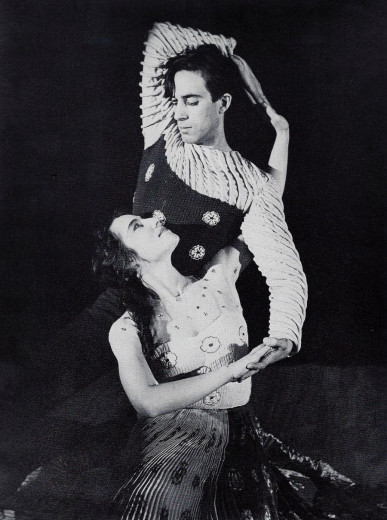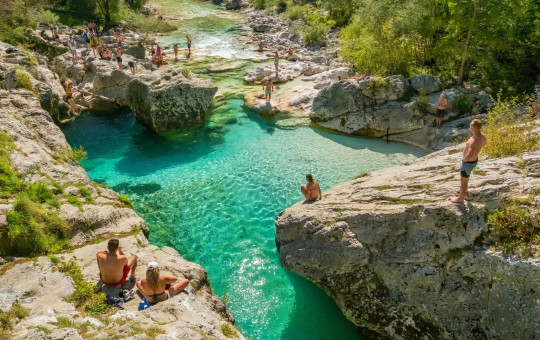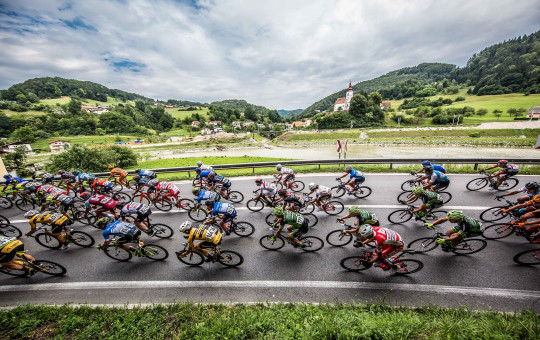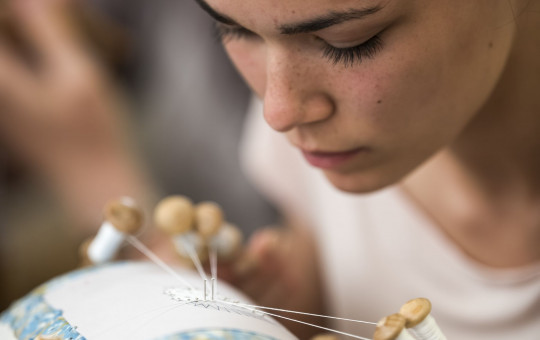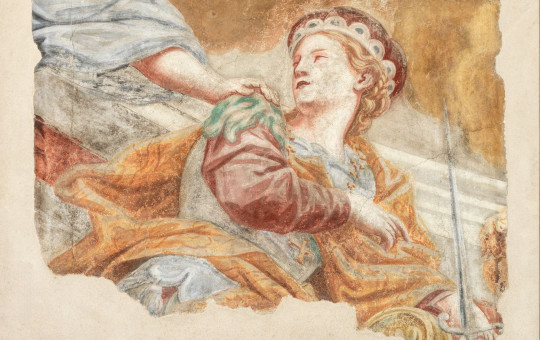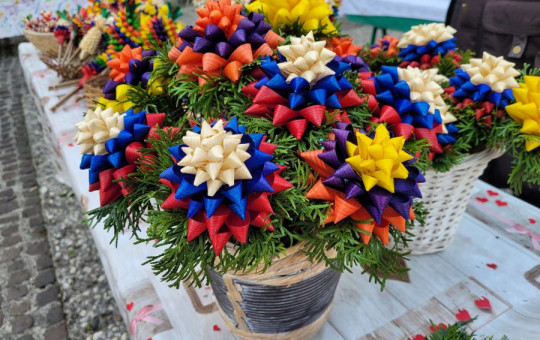Slovenia boasts more than a century-long history of ballet. This includes both the ballet in the Slovenian National Theatre, Opera and Ballet of Ljubljana, the Slovenian National Theatre, Opera and Ballet of Maribor and ballet institutions in other, smaller towns.
"The profession of a ballet dancer is definitely something special, as it combines a great physical skill and artistic expression without words. A dancer's tool of expression is their body. Constant training, the perfect control of muscles, the search for a beautiful line and harmony of gestures, and finally, constant control over oneself," says ballet dancer and professor Dr Henrik Neubauer of the art of ballet.
"When referring to Slovenian ballet we usually have in mind Slovenian dance creators and re-creators, but Slovenia also has a rich legacy of ballet music composed by Slovenian composers. The most notable among the scripts is the ballet Možiček (Little Man) composed by Slovenian composer Josip Ipavec (1873–1921) in 1900, which has seen 32 debuts with more than 300 repeat performances in Slovenia and abroad.
Možiček is also considered the first Slovenian ballet, although it is in fact a pantomime in three acts set to music by Ipavec.
-
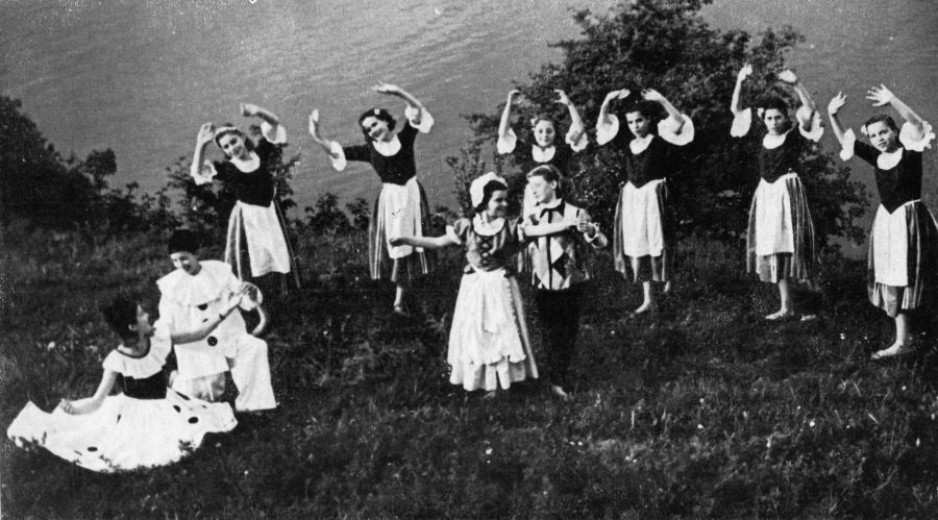
Možiček, the first Slovenian ballet pantomime set to Slovenian music. Photo: Dr Henrik Neubauer archives
-
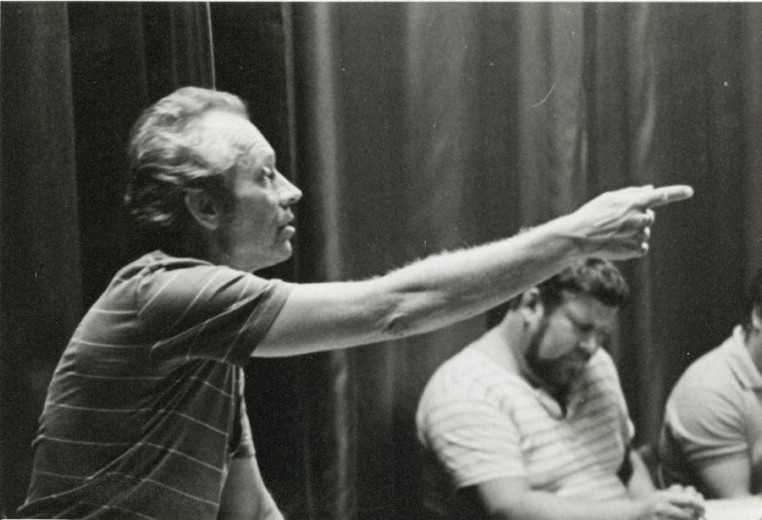
On 29 April we celebrate International Dance Day. The initiator was Dr Henrik Neubauer. The International Dance Day was created by the Dance Committee of the International Theatre Institute ITI, the main partner for the performing arts of UNESCO. Since its creation in 1982, the International Dance Committee and the International Theatre Institute ITI select an outstanding dance personality to write a message for International Dance Day each year. Photo: Personal archives
The beginnings of Slovenian ballet
The first real dance performances in Slovenia started when the Dramatic Society was established in Ljubljana in 1867, in Trieste in 1902 and in Maribor in 1909. At first, the ballet troupe only performed in operas, the first of which to be staged was The Bartered Bride by composer Bedřich Smetana (1824–1884). The professional ballet ensemble performed its first independent full-length ballet, The Abduction of Evelyne, in 1919.
History records indicate that there are around 600 ballet dancers who have made an important contribution to the history and development of Slovenian ballet.
The most notable in the first period of Slovenian ballet (1918–1928) were dancers LidijaWisiak (1906–1993), Ruth Vavpotič (1908–1996), Erna Mohar (1907–1972), Silva Japelj (1905–1978), and later Marta Jakše – Remškar (1907–1984), SlavkoEržen (1907–1981), ŠtefanSuhi (1915–2001), MaksKirbos (1914–1972) and Boris Pilato (1914–1997).
Lidija Wisiak deserves a special mention as the first Slovenian ballet dancer. She was also the first to become established abroad, as early as in the period between World War I and II, taking Slovenian ballet and culture outside Slovenia's borders.
While the first period of the history of Slovenian ballet was predominantly shaped by female dancers, the period from 1928 to 1946 was marked by Russian dancer Peter Golovina (1894–1981), who led the Ljubljana ballet ensemble for some time and later also the Maribor ensemble.
A special place in Slovenian ballet history certainly belongs to Pia (1908–2000) and PinoMlakar (1907–2006), who were dedicated to the art with both their bodies and souls. This is the story of their pas de deux, which filled concert halls with a special inner glow.
Their example on stage and in their personal life embodied dedication, modesty, hard work, discipline, determination and bravery. In 1997, MEG studio produced the film Lepa Vida – velikiživljenjski pas de deux Pie in Pina Mlakarja (Beautiful Vida – the great pas de deux of the life of Pia and PinoMlakar). They frequently worked abroad as dancers and choreographers. A prominent project in their joint artistic path was Lok(Arch), a full-length duet in three parts – Mladost, Ljubezen in Zorenje(Youth, Love and Maturity). They staged it for the first time in Munich in 1939, then performed it in Ljubljana, Zagreb, Belgrade and elsewhere.
Pia and PinoMlakar also made a great contribution as educators. In 1946 Pino began working as a professor of rhythmic gymnastics and dance at the newly-established Acting Academy in Ljubljana. He and Pia helped manage the Ljubljana Ballet, where they choreographed and danced together until 1952.
Slovenian ballet reached its peak at the end of 1960s and 1970s, also due to famous foreign choreographers Anton Dolin (1904–1983), Aleksandra Balašovaeva (1887–1979) and Sergej Lifar (1905–1986).
Other important historical figures in this area are IkoOtrin (1931–2011), Marin Turcu (1945–) and VojkoVidmar (1948–).
Training of Slovenian ballet dancers
It started in 1918, when the Opera and Ballet School was established. The credit for its establishment goes to Vaclav Vlček, who also led the school and the professional ensemble within the Slovenian Provincial Theatre. In terms of education the Slovenian ballet is related to the Russian ballet, as its teaching follows the technique of Agrippina Jakovlevna Vaganova (1879–1951). In its beginnings in 1918 it was also connected to Czech ballet.
Ballet outside professional institutions
Slovenian ballet has, of course, never been limited to Ljubljana and Maribor. Immediately after World War II ballet teaching was introduced throughout the country. The same applies to ballet performances. Koper ballet, which started to develop in 1949 at the initiative of Mr and Mrs Hiti definitely deserves a special place in ballet outside the biggest Slovenian cities.
-
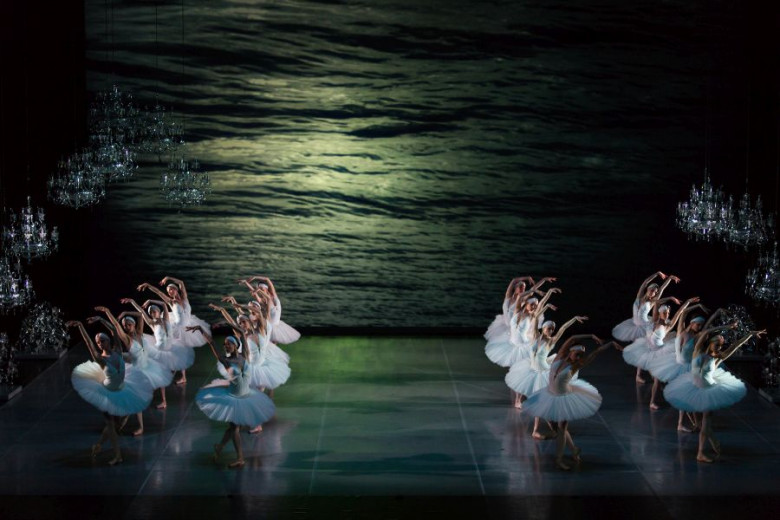
The Swan Lake. Photo: Opera and Ballet Ljubljana archives
-
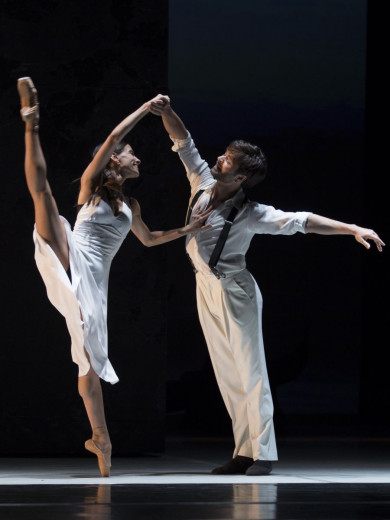
Death in Venice. Photo:Slovenian National Theatre, Opera and Ballet of Maribor archives
-
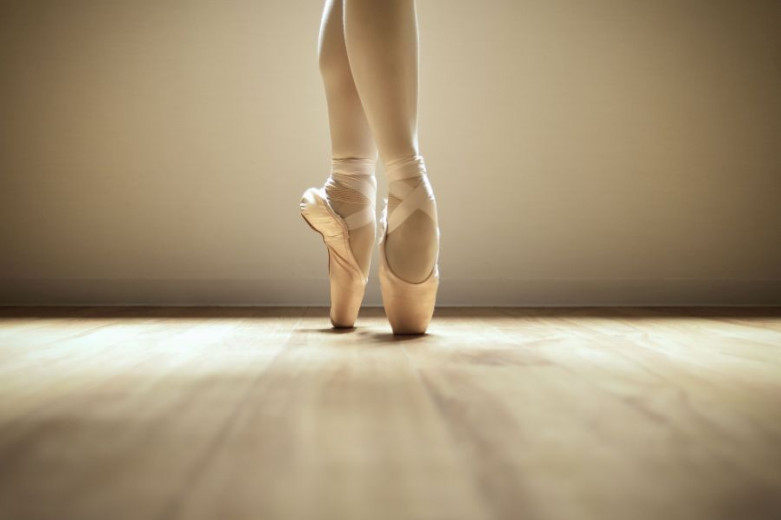
The season of 2018/19 was a jubilee season in Slovenian ballet, marking one hundred years since the establishment of the first Slovenian professional ballet ensemble. Photo: Yagi Studio-GettyImages/GulliverFilm&Foto
Ballet stages in Ljubljana and Maribor
Today Slovenian professional ballet is presented on the stages of the SNG Opera and Ballet Ljubljana and SNG Maribor. The programme, of course, includes ballets from the classical repertoire, but the number of classical ballet debuts is declining.
Slovenian dancers still shine in modern times. Notable ballerinas are Sanja Neškovič Peršin (1968–), Ana Klašnja (1980–), Regina Križaj (1971–) and Tijuana Križman Hudernik (1983–), while male dancers include Anton Bogov (1975-) in Maribor, and Petar Đorčevski (1986-) and Lukas Zuschlag (1985-) in Ljubljana.
Edward Clug (1973–) and Valentina Turcu (1974-) create incredible things on the Maribor stage. They are both solo ballet dancers, as well as choreographers and directors.
Last year the ballet Death in Venice by the SNG Maribor, directed by Valentina Turcu and co-produced by the Croatian National Theatre in Zagreb, was declared Best Production 2018 in the Critic's Choice of Dance Europe magazine. The ballet Tango, choreographed by Edward Clug, has been the most popular production on the Maribor stage for 20 years.
The current programme of the SNG Opera and Ballet Ljubljana includes two ballets by Slovenian composers – Moški z nožem (A man with a knife) and Kompozicija v baletnem večeru (Composition in a ballet evening) – dedicated to the 100th anniversary of the Ljubljana ballet ensemble.
Bow
The Slovenian audience is different to the Russian one, which throws flowers at the feet of ballet dancers, but it nevertheless does value the art, and has good reason to. Every one of us should bow respectfully to ballet dancers and other artists working in this field. There has been much blood spilt in ballet shoes, many bruises and blisters all over dancers’ bodies, and many tears shed from the eyes of the artists who created and are still creating the history of Slovenian ballet. A bow to them all. The named and unnamed. Paper has limits, art does not.
Date: 29. April 2020
Time to read: 4 min

